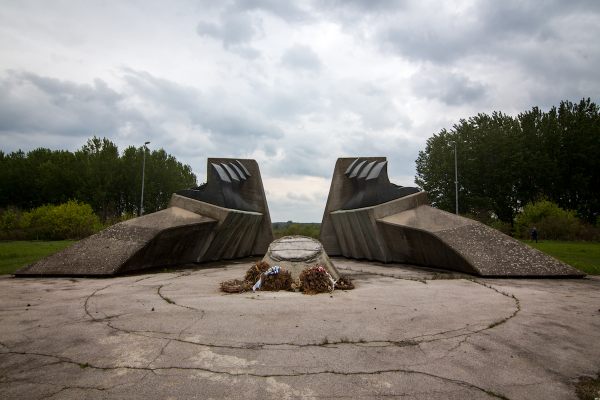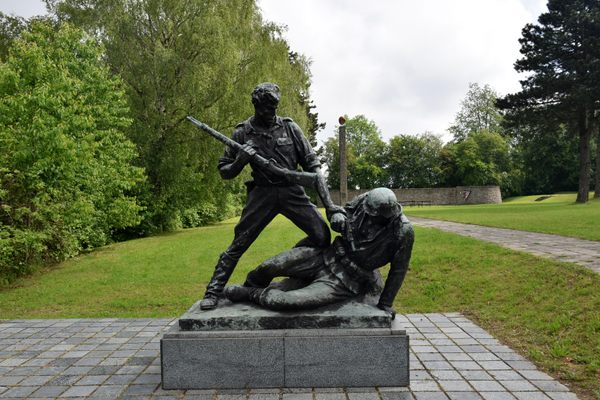About
Stolpersteine or "stumbling blocks" were part of a massive memorial project designed to honor the victims of Nazi persecution. Each Stolperstein is a brass block about 10 centimeters x 10cm x 10cm. They are typically engraved with details about the victim, and are located at the site where that person last lived or worked freely before World War II rewrote history. They are set in the ground, flush to the surface.
The Solpersteine project was initiated by German artist Gunter Demnig in 1992. There are currently well over 70,000 of these brass blocks located around Germany, and can be found in Belgium, Austria, France, Italy, and Hungary to name a few. The project has been ongoing since 1992. The cost of a Stolperstein is usually purchased by an individual or by the community. Currently, the cost of one Stolperstein is €120. It was the belief of Demnig that a person is only forgotten when their name is lost to time. Not all the blocks are located in countries that were controlled by the Axis Powers during the war.
There is a small number in located Spain (three on Menorca) all dedicated to the memory of former Republican soldiers who escaped Spain after the civil war. Many soldiers took refuge in France, however, many were interned immediately. Those who initially avoided internment were later captured by German or Vichy authorities. Many Spanish Republicans were deported and forced into hard labor, however, around 7,000 were sent to the Mauthausen concentration camp in Austria. There, they were either worked to death or shipped to other camps to be executed.
The three Stolpersteine on the island of Menorca are all found in the city of Ciutadella de Menorca. They commemorate Ignasia Moll Caymaris, Josep Caules Pons, and Manuel Marqués Pons and are located down a few narrow streets of the old town.
Related Tags
Know Before You Go
The coordinates are for a street containing two stolpersteine. The other one is in Carrer de Sant Miguel.
Community Contributors
Added By
Published
February 20, 2020





































